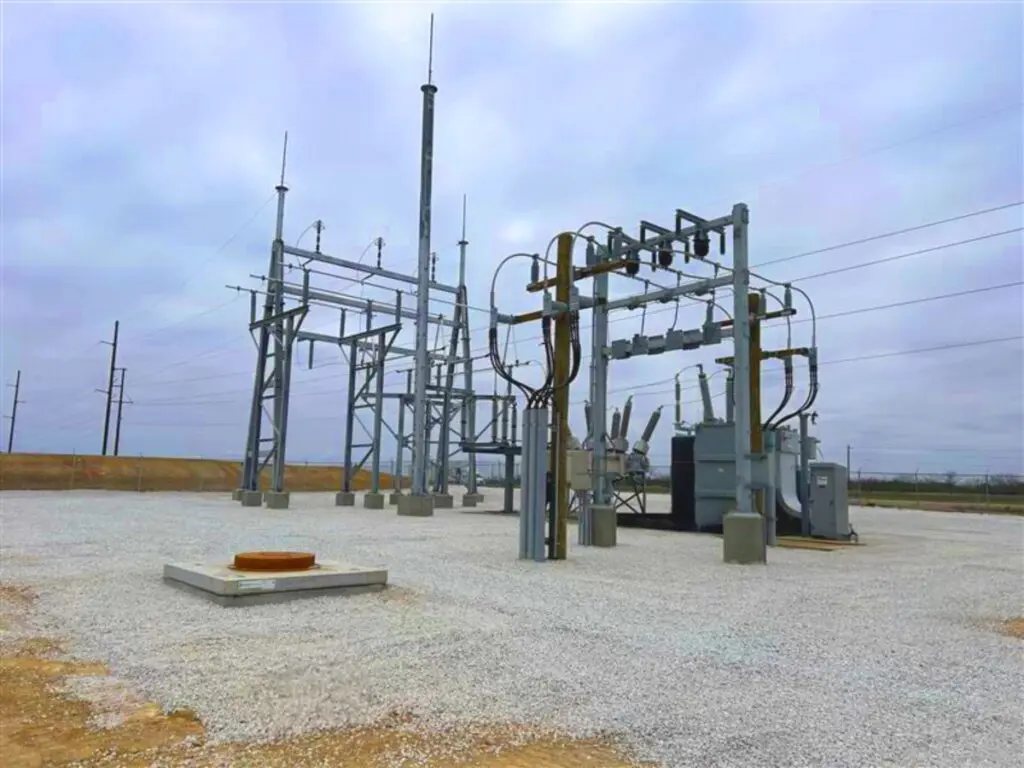

Want to share this article?
What Plummeting Crude Prices Could Mean for U.S. Production
In the last month, crude prices worldwide have plummeted.
Largely due to a strong U.S. dollar, along with increased production from booming shale plays across the country, these falling prices have translated into a welcoming sight at the pump for American consumers, but the effect they could have on domestic production may not be quite so positive.
Because current U.S. trade policies prohibit the exportation of domestically produced crude (except under very specific circumstances), the primary buyers of the light tight oil (LTO) coming out of North Dakota and Texas have been domestic refineries.
For producers, this has been less than ideal due to the fact that domestic crude benchmarks such as West Texas Intermediate (WTI) and Louisiana Sweet have lagged behind Brent (international) prices for quite some time. Essentially, oil companies in the U.S. have had to sell their crude to refiners at a discounted price, and as a result, their profit margins are being squeezed.
In addition, much of the refining infrastructure in the United States isn’t equipped to handle the lighter, sweeter blends of crude coming out of Bakken and Eagle Ford. Consequently, bottlenecks have formed in the Midwest and on the Gulf Coast, further suppressing domestic prices.
Primarily driven by the laws of supply and demand, if too much domestic crude builds up in the U.S., prices could continue to drop. And if they drop too far, production in shale plays could become uneconomical.
Although earlier this month, WTI prices fell below $90 per barrel for the first time in nearly a year and a half, a recent report released by Citigroup found that they would have to drop below $50 per barrel for production to stop entirely. While that is unlikely to happen, even a slight slip in prices could result in a temporary slowdown of large-scale oil and gas-related projects throughout the U.S.












